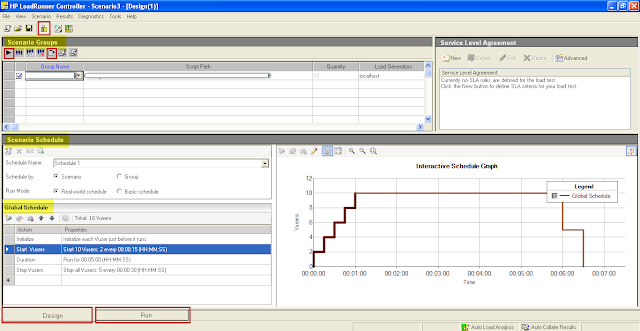TESTING A CHATBOT

“Hey, Google, what is the current temperature right now“- Google Assistant “Hello Siri, can you add cheese in my shopping list”- Apple Assistant You must have communicated at least once with either one of the above-listed assistants and that is why I added them in my today’s sharing session. They serve as an amazing example of a well built and stable chatbots and every one among us have used them. In today’s article, I will be discussing all about, what are Chat bot’s / automated messenger’s service, how can you test them and all other parameters associated with handling them from a QAs perspective. A chatbot is the most trending innovation from 2017 and progressing. I have tested some of the top companies offering these services like Zendesk, LivePerson, Slackbot, Facebook bots, and others. If you haven’t got the opportunity to explore this industry, allow me to share the experiences. What is a chatbot A conversational interface, computer program mimicking as a user u...



